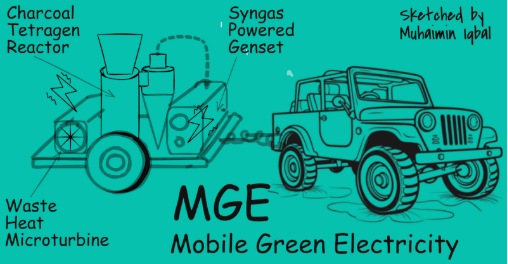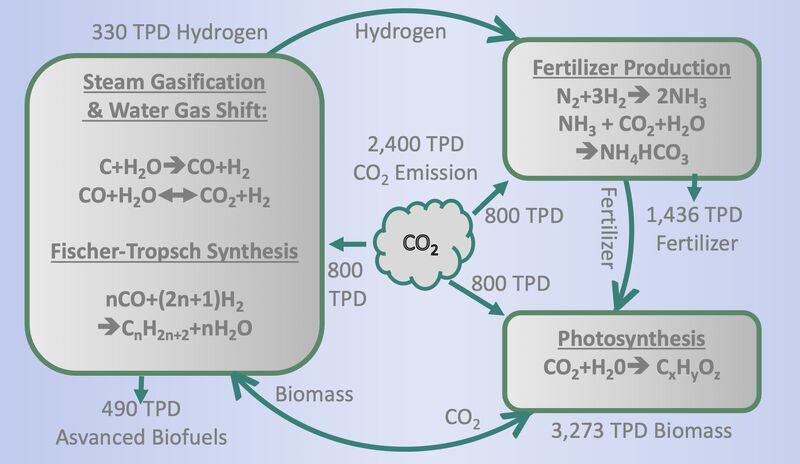CCU Profit Centre
Advanced Renewable
Mon , 13 May 2024 22:00 WIB

The fact that global industries are still willing to choose to pay expensive carbon credits is partly because it generally costs a lot of money to reduce these emissions. If carbon credits are sold in the range of $30 - $90 per ton of CO2e in industrialized countries, this is also because reducing 1 ton of CO2e is still more expensive than the price of the carbon credit.
What if we could make decarbonization no longer a cost center but a profit center? Industry will naturally want to carry out its own decarbonization. Well, of course not everyone will do it themselves for various reasons, therefore the carbon credit market will still need to exist.
For industries that want to adopt their own Carbon Credit and Utilization (CCU), and don't want this program to become a burden on the company - instead it can become its own profit center, then this is one of the roadmaps.
First the CO2 emissions are captured with what we call AFC (Activated and Functionalized Carbon), both are then processed in a Boudouard reactor which we call OCCYRE (Onboard Carbon Cycle for Regenerative Energy), CO2 + C ==> 2CO, this first step has changed the CO2 emission becomes fuel.
If 1 ton of CO2 is processed in this way, the electricity produced will be around 1,200 kWh, this is the first result of this CCU. But by burning CO gas for electricity, CO2 will become double, namely 2 tons. In the second stage, the CO2 output from the first step is recaptured and reacted again in the same OCCYRE reactor, but this time CO as the result is not burned, instead the quality is increased through Water Gas Shift (WGS) so that the H2/CO ratio increases to H2/CO>2.
Next, the H2-rich syngas is reacted in a GTX (Gas To X) reactor to become LPG or other hydrocarbon fuels. The result will be around 200 kg of fuel. The WGS and GTX processes are both exothermic, giving off heat. If the heat is captured and converted into electricity again, it will still produce a minimum of 600 kWh of energy.
On the cost side, a 1 ton or 1000 kg CO2 CCU will require 1,175 kg of charcoal, to produce 1,800 kWh of electricity, from 1,200 kWh stage 1 and 600 kWh stage 2, and 200 kg of the fuel mentioned above. With the selling price of electricity around $0.10/kWh, fuel around $1.15/kg and charcoal around $0.2/kg, engine depreciation is equivalent to around 20 kg of fuel, then we have changed the CCU which was originally a cost center into a profit center .
There is still one problem that needs to be resolved, namely that the fuel produced will produce emissions when burned. The emissions are carbon-neutral if the captured CO2 is from burning biomass, but positive emissions if the capture CO2 is from burning fossils. What is the solution?
The surplus from CCU can be used for other pro-environmental activities, such as planting, developing carbon materials technology, and various other decarbonization programs. Numbers of economic activities can grow from this CCU profit centre.
Pos Lainnya
Greener Faster EV
May 13, 2024
Daya dan Emisi Ke X
May 13, 2024
Mega Problem, Mega Opportunities
May 13, 2024
First Test, Tetragen Reactor
May 13, 2024
Kategori
Environment






Silakan mendaftar terlebih dahulu!
Untuk memposting komentar baru. Anda harus login terlebih dahulu. Masuk
Komentar
Tidak ada komentar